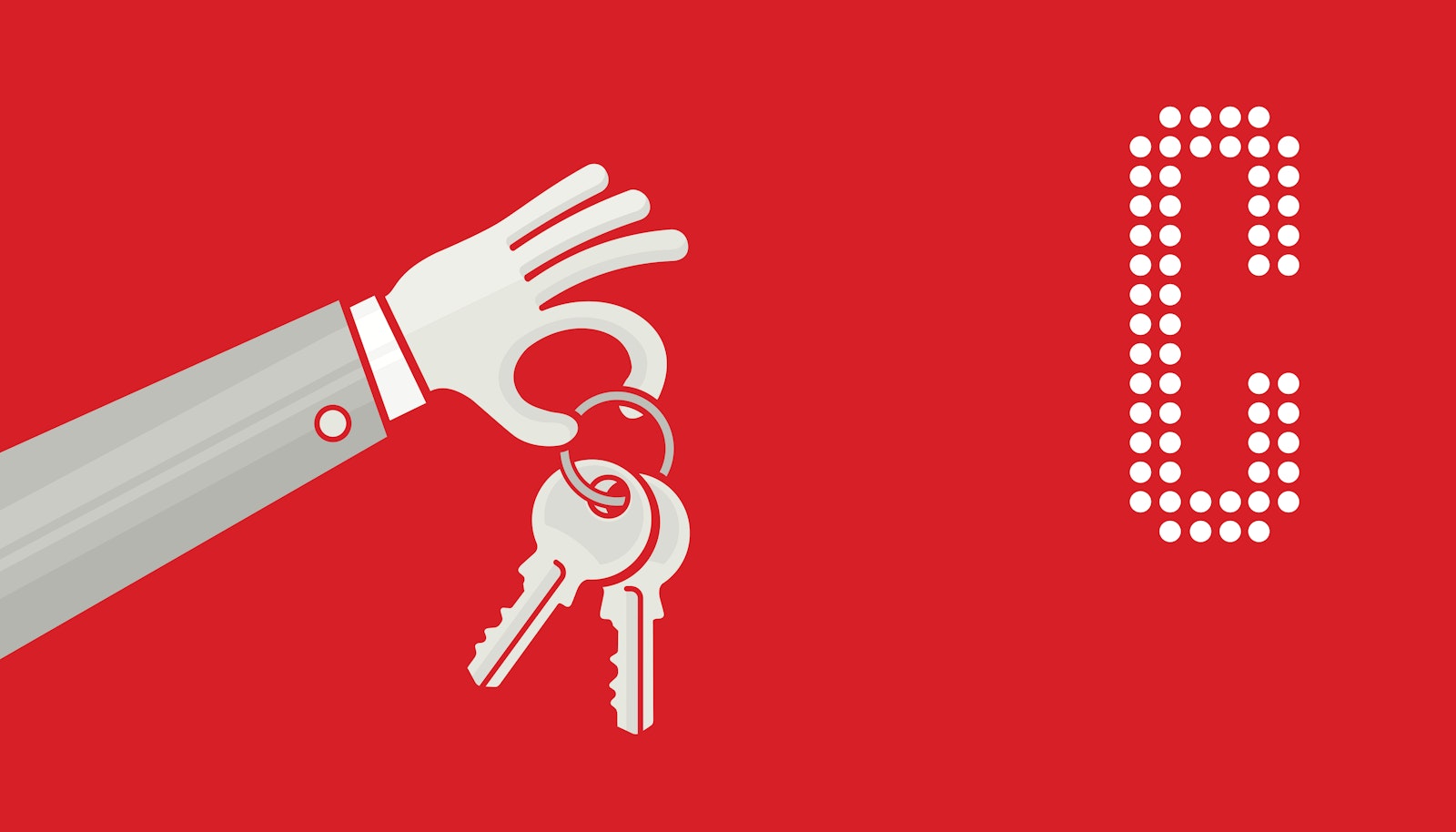Handing Over the Keys

Handing a brand off the right way.
I’m not a parent.
At least, not that I know of.
But I am a worrier. So just because I’m not responsible for the health and safety of a small quasi-doppleganger hanging around me 24/7, that hasn’t stopped me from having the nightmarish daydreams over which future parental hurdle might be the scariest.
The first time I see it fall over? The first time I lose it at a park? The first time I inevitably take it to the emergency room? When I drop it off at college?
Parents call them “it”, right?
I’ve thought this over more than anyone lacking progeny should, but I feel like my sleepless nights have, at the very least, given me solace in the fact that I think I know the correct answer.
I’m convinced that the most anxious instant of my parenting career will be the first time I hand my child the keys to the car as they take their first solo drive.
No description can even begin to do justice to the heart pounding, short breathed, fuzzy visioned, shaky limbed feeling that will wash over me as I watch my 16 year old pull out of the driveway and speed away. I’ll wonder if all of the lessons and advice will be heeded or if I’ll inevitably be called to some backcountry road in the middle of the night with a spare container of gasoline.
Believe it or not, this parental instinct is something we often feel in the world of branding and design. Even the most inspired of concepts can crash and burn if you hand the keys to the brand over to someone who doesn’t know how to operate the finely tuned machine you just built for them.
We can help develop your brand’s personality, how it talks, what it does, what it looks like, what colors it looks best in, what shape it is, how it opens and closes, what it eats for breakfast, how others could fall in love with it, whether or not it has a sense of humor, why it exists, where it belongs or which character of Friends it most identifies with…
BUT.
Even the most robustly built brand presence known to man is useless if the brand is ultimately handed over and all roadmaps are ignored as someone new takes the wheel. It’s much more likely that person will drive the brand into a ditch.
In 1984 Apple released perhaps the most effective Super Bowl ad of all time. Ridley Scott was tapped to produce a TV spot for the product launch of the Apple Macintosh, and capped a highly successful campaign with an iconic ad, one that’s still widely acclaimed more than three decades later. In line with the type of brand Apple was building, Ridley Scott’s “1984” Super Bowl spot gave life to the Macintosh’s highly futuristic and innovative personality and whipped Apple fans into a frenzy before the product was even unveiled. Many were convinced by both Apple’s reputation and the brand work already done that the “computer of tomorrow” would change life as we know it. The results?
Macintosh flopped.
While the advertising and brand work were among the most effective in history, the computer ultimately failed to deliver on the promises they made, offering little in the way of any actual practical application for users and an over-inflated price tag to boot. Despite the very tangible buzz of excitement surrounding the new product, sales stagnated and Jobs was eventually fired over the entire fiasco.
As Steve moved onto his NeXT venture, I have a feeling more than a few marketing execs were pulling out their hair in frustration. Here was a man with not only some of the best branding and marketing in the world at his disposal, but a product launch campaign whose promises were bringing computer geeks to levels of near fanaticism. He had every tool to succeed save one - a product that actually delivered on what the brand stood for.
I’m about to let you in on the most carefully guarded secret in branding: pouring blood, sweat and dollars into a brand identity that gets people passionately excited is all well and good, but the thing is, you need to move beyond talk and actually deliver on what the brand promises. Okay, it’s more common sense than secret, but at the rate this common sense is ignored in our profession you’d think there was at least some level of clandestine activity surrounding it.
At Capsule, we don’t hand the keys to the brand over before extensive education is done. We want to make sure that, from the moment a client gets into their new brand, they know how to drive it and where they can go with it. We build guardrails and guidelines into what we create so those that drive them can protect themselves and their brand. We teach them how to perform regular maintenance on their brand so they don’t break down somewhere far from home. Ultimately, a brand is only a valuable asset if it delivers on what it says it is and what it does. We’ve seen more than a few brands drive straight into a brick wall due to the lack of discipline required to keep an eye on the road.
Capsule is about more than building brands. We’re about keeping them on the road long after they’ve been constructed. If you want the brand you build to run for the long haul you need to make sure that whoever’s driving it is educated on how it runs. You need to make sure they have a manual to consult. You need to make sure they have a roadmap to follow.
It’s what any good parent would do.


